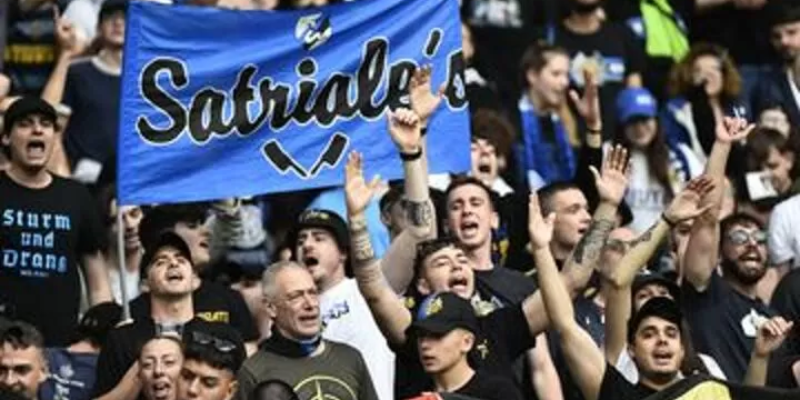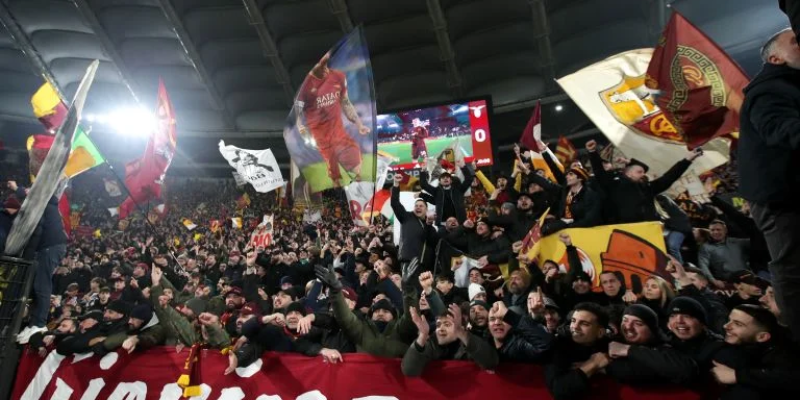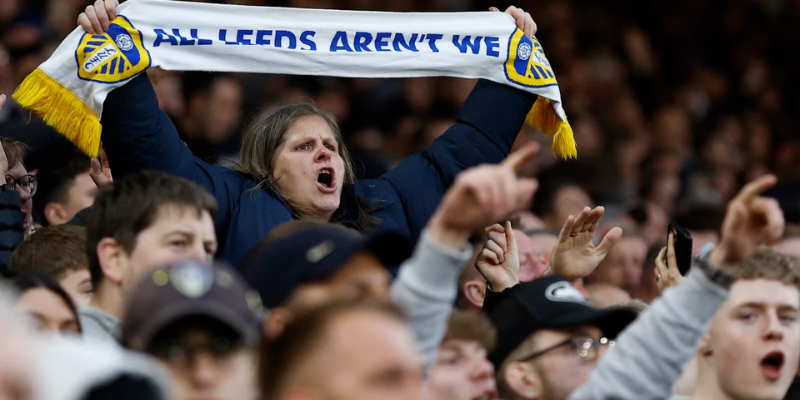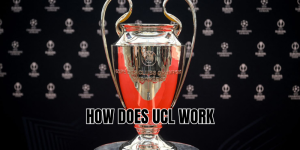There’s a electricity in Italian stadiums that you can’t simulate — the roar, the pulse, the melodic howl rising, supporters don’t just watch; they vocally live every minute. In this article, DeutKick will take you on a journey through the most iconic songs and chants of Serie A fans, exploring their history, meaning, club-specific anthems, and how they evolve in the heat of derbies and European nights.
Why chants matter in Italian football

In Italy, calcio isn’t just about tactics or star players — it’s about identity, pride, belonging. Chants and songs offer a shared emotional language among fans. They:
- Cement bonds between generations — grandparents, parents, kids, all singing the same refrain.
- Add momentum in the stadium — a chant can lift players, unsettle opponents, amplify tension.
- Embed local culture — many anthems reference city history, dialect, icons, or social narratives.
- Adapt and evolve — new chants appear all the time, reacting to transfers, competition, or memes.
In short: the songs and chants of Serie A fans are a living archive of passion, telling stories beyond the 90 minutes.
Origins and types of chants in Serie A

Italian clubs’ fan culture is old, deep, and immensely varied. Below are the main patterns and roots you’ll find across stadiums.
Club anthems (Inni ufficiali)
Most major Serie A clubs have a formal anthem — sometimes decades old — played before matches or in special moments.
- Fiorentina’s “Canzone Viola,” sometimes called “Oh Fiorentina,” dates back to 1930 and is among the oldest club hymns in Italy.
- Roma’s anthem “Roma (Non Si Discute, Si Ama)” by Antonello Venditti captures the emotional bond between city and club.
- AC Milan’s anthem, originally penned by Tony Renis with involvement. om])
These songs are distinct from impromptu chants — they’re part of club ritual, recorded, broadcast, and often legally protected.
Refrain chants and melodic hooks
These are short, easily repeatable refrains sung during key moments — e.g. goals, comebacks, or to unsettle the rival fans.
One of the most fascinating cross-pollinations: Italian fans adopted the riff from “Seven Nation Army” as a chant template, singing oh oh oh oh” to express unity or roar a player’s name. It became almost unofficially national, especially after Italy’s 2006 World Cup triumph.
Another example is “L’estate sta finendo” (by Righeira), whose opening line “Un giorno all’improvviso” has been adapted into chants by Serie A fans (including Genoa, Juventus, Napoli) and beyond.
Derivative chants, rival taunts, and creative verses
Fans often invent new chants targeting players, rival clubs, or recent events. These may reference local politics, social issues, or pop culture. Because they arise spontaneously, many are ephemeral.
Classic rival chants persist in derbies. For instance, Verona fans once taunted Chievo with “Quando i mussi voleranno…” (“When donkeys fly…”), anticipating a Verona-Chievo derby in Serie A.
These chants are where the irreverent, humorous, controversial, or subversive side of supporter culture shines.
Top club chants you should know

Here are some standout songs and chants of Serie A fans — those that resonate beyond their own stadium.
| Club | Chant / Song | Meaning / Context |
| Juventus | “Forza Juve Alè” | A rallying cry, simple yet powerful — “Go Juve.” |
| Inter | “Noi non ti lasceremo mai” | “We’ll never leave you,” expressing eternal support. |
| Milan | “Non ti lasceremo mai,” “Oh il Milan lalala” | Evocative refrains repeated by Rossoneri supporters. |
| Napoli | “Napoli, sempre Napoli!” | Declared loyalty — “Naples, always Naples.” |
| Lazio | “Lazio! Lazio! Lazio!” | The simplest, direct chant asserting identity. |
| Roma | “Mamma mia, che loco sono!” | A classic chant among Roma ultras, full of emotion and local flavour. |
These chants endure because they combine emotional resonance with melodic simplicity — easy for thousands to sing on cue.
How chants evolve matchday (dynamics & examples)
Understanding a chant’s lifecycle during a match is part of unveiling the full spectacle.
- Pre-game ritual
- The stadium hums. The curva leads with the club anthem or favorite refrain. Banners and flags flutter. The goal is to establish identity, set the tone, and intimidate.
- During gameplay – key moments
- After a goal: the immediate burst of a goal chant or refrains.
- When momentum shifts: supporters try to drag the team forward.
- Against opposition: chants taunting or silencing rival fans.
- Crucial times (final 10 minutes, set pieces)
- Chants intensify, rotating between classic refrains and louder, more urgent ones. Sometimes new lines are born mid-match.
- Victory / defeat epilogue
- If victorious: anthems, celebratory refrains, emotional farewells.
- If defeat: defiant chants, sometimes ironic ones, or silent rows out.
An example: at San Siro, Inter fans often belt “Milano Milano” combined with “Noi non ti lasceremo mai” in waves, while Milan ultras reply with “Miiilan, Miiilan” (elongated) — creating a layered soundscape.
In Roma, after home victories, “Grazie Roma” (Thanks Roma) by Antonello Venditti is often played.
Challenges, censorship, and modernization
Supporter culture in Serie A faces tension — balancing passionate expression with regulatory frameworks, political sensitivities, and commercialization.
- Censorship & bans: Some chants or banners deemed offensive or discriminatory are censored or punished. Ultras may adapt or shelve them.
- Commercialization: Club anthems are monetized (median rights, recordings, legal protection). This sometimes clashes with grassroots chants.
- Social media / meme chants: New chants now often arise, or player memes — rapidly spreading across stadiums.
- Globalization of soundtracks: The “Seven Nation Army” riff is a perfect example of global musical culture merging with local fandom.
Despite regulation pressure, ultras and fan groups often adapt — shifting chants, codes, or creating “hidden” variants.
How to learn and join chant culture
Want to sing with the curva rather than watch passively? Here’s your playbook:
- Listen before you sing: Wait for the curva lead and mimic. Never preempt loudly — that breaks unity.
- Learn core refrains first: Chants like “Forza Juve,” “Napoli sempre Napoli,” or “Milan Miiilan…” are the backbone.
- Study melody & rhythm: Most chants follow simple, repetitive melodic loops.
- Watch ultras sections: They cue with hand gestures, flags, and percussion.
- Respect stadium rules: Avoid chanting banned content or doing pyro (where prohibited).
- Contribute ideas carefully: If you invent something new, test it quietly — if it catches, the curva will carry it.
Impact beyond matchdays
The songs and chants of Serie A fans transcend the stadium. They:
- Appear on social media, match montages, and club highlight reels.
- Influence club branding, merchandise, and official releases.
- Inspire documentaries, books, and media coverage.
- Connect diaspora fans: Italians abroad replicate chants in local supporter groups.
- Influence chants in other leagues: The “Un giorno all’improvviso” motif traveled beyond Serie A.
Because they’re cultural artifacts, these chants carry memory, identity, and continuity.
Conclusion
Songs and chants of Serie A fans are far more than noise — they are living, breathing cultural expressions of loyalty, rivalry, hope, and pain. DeutKick hopes this guide enriches your matchday experience — next time you enter a stadium or tune in online, listen to more than the kicks and passes: hear the voice of the curva.
If you’re a fan, try to learn one chant, and football soundscapes — because in Italy, you don’t just watch football. You sing it.






